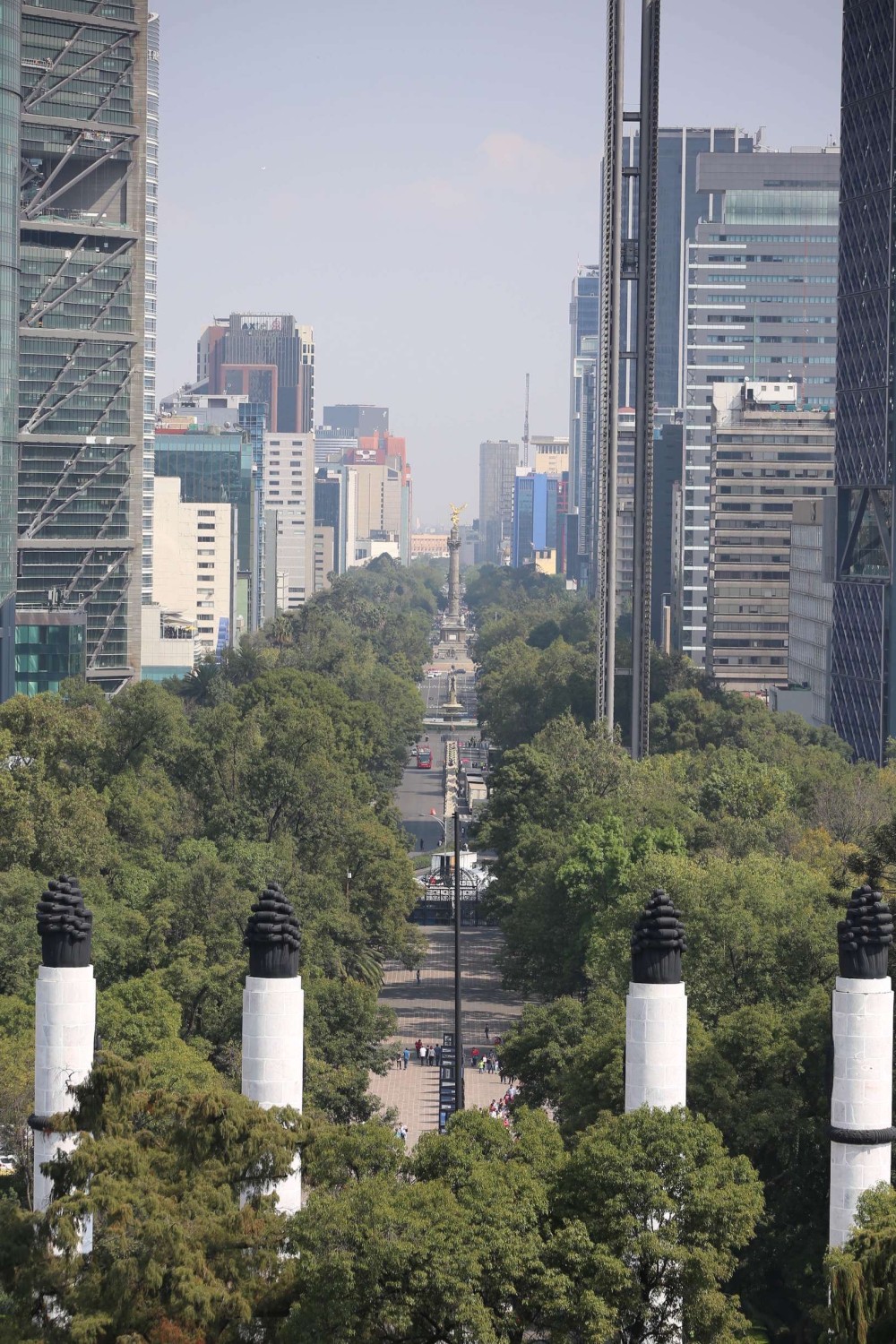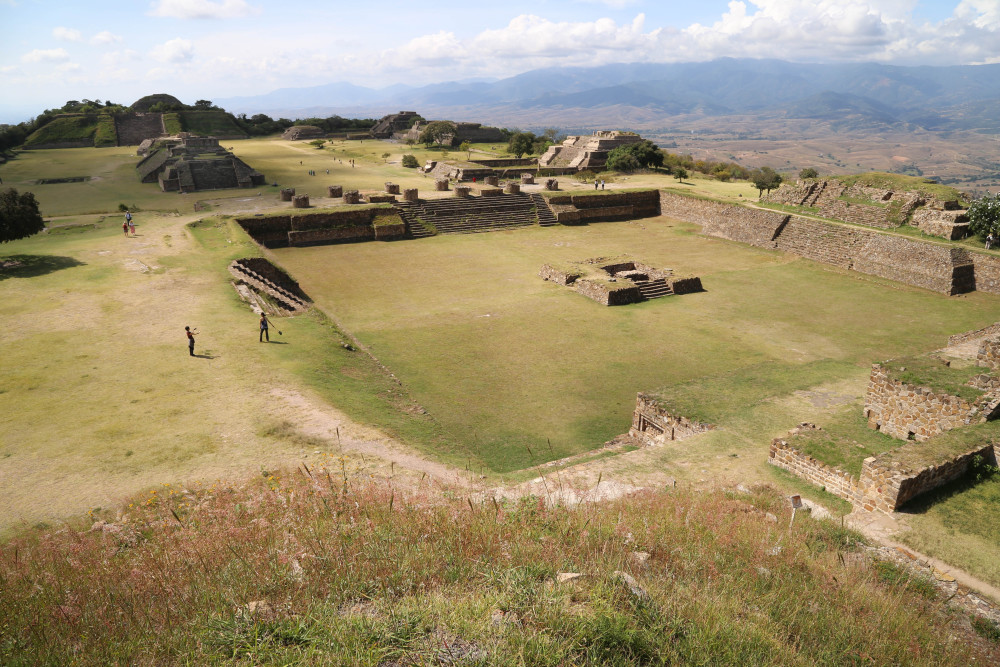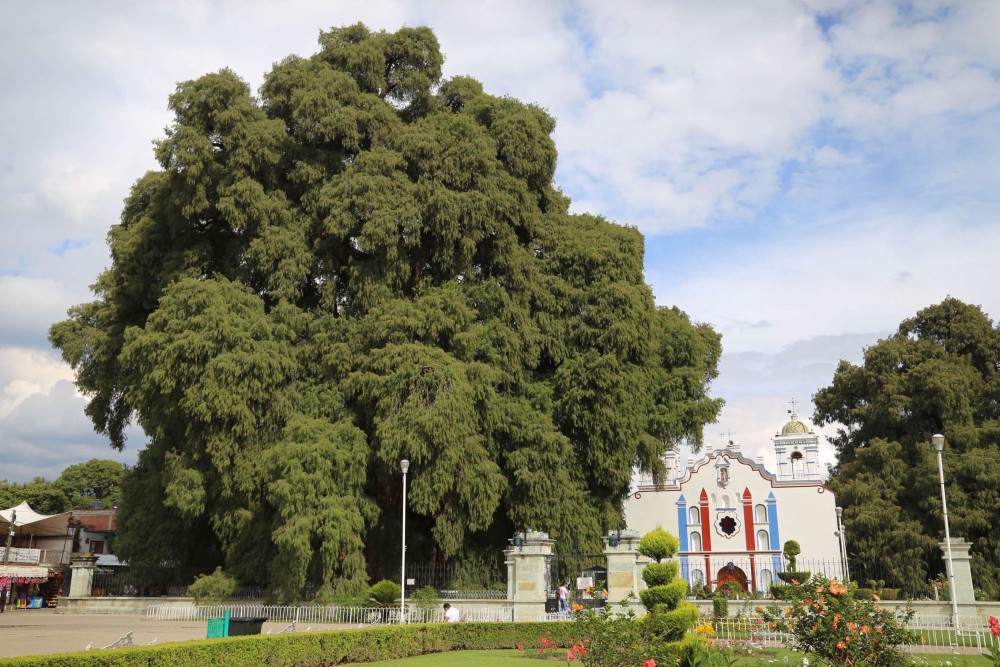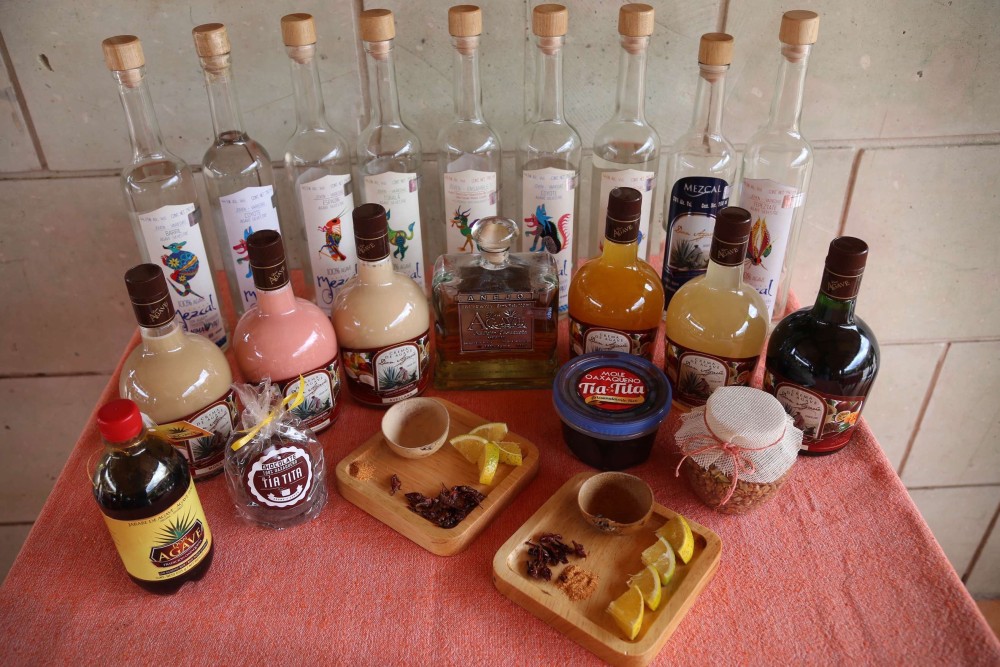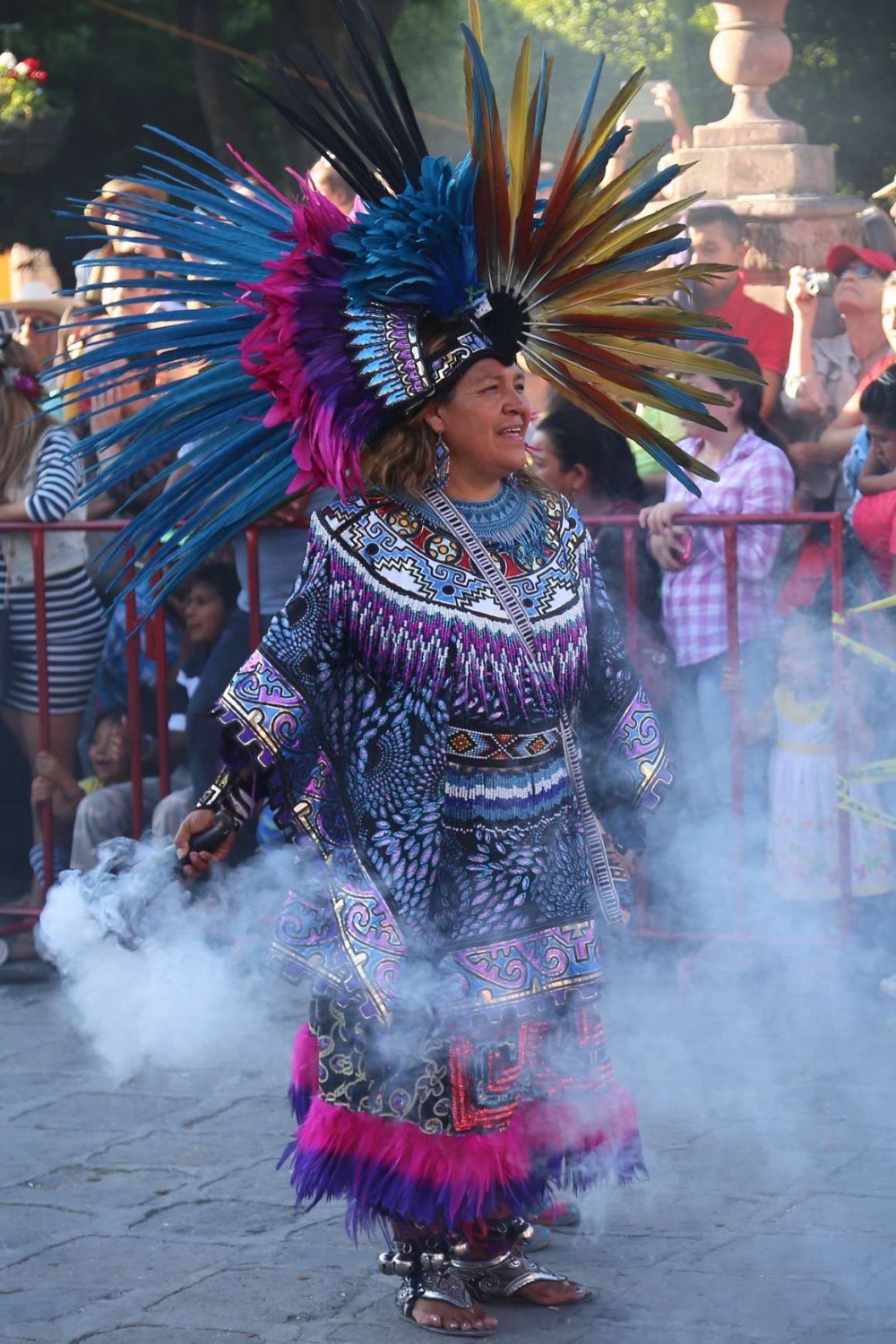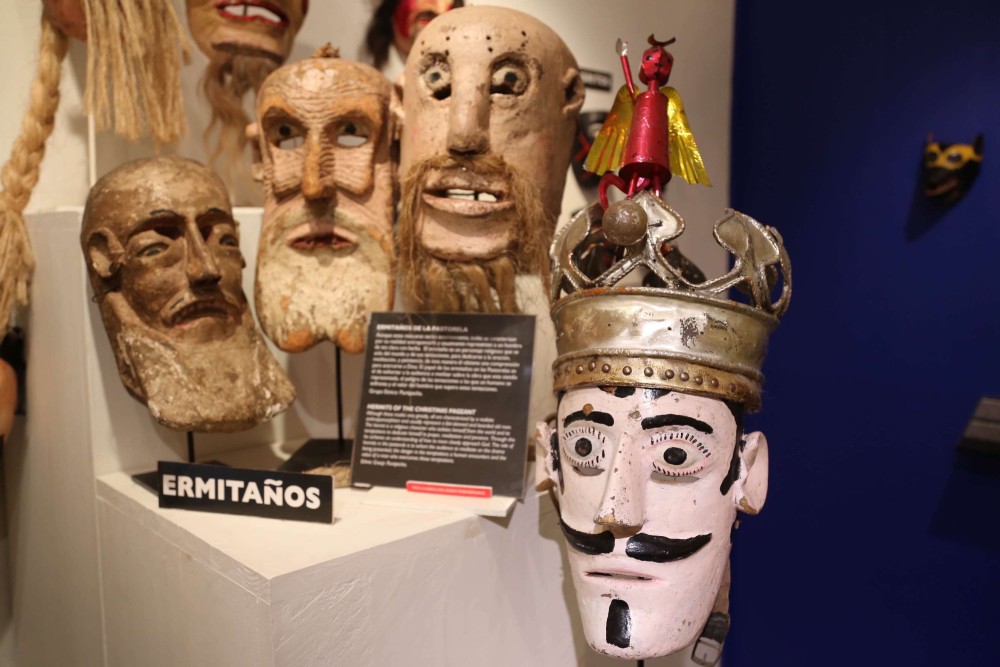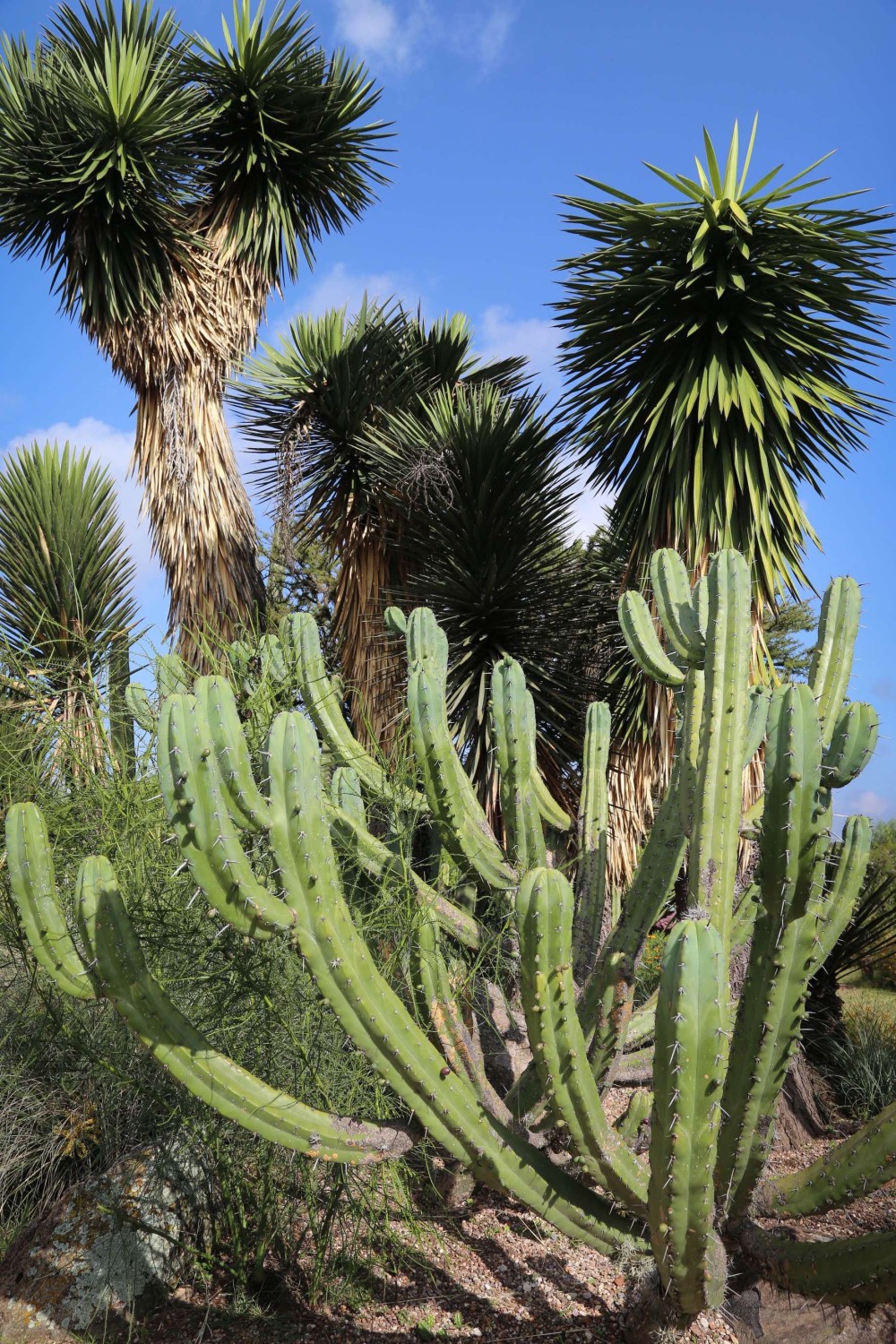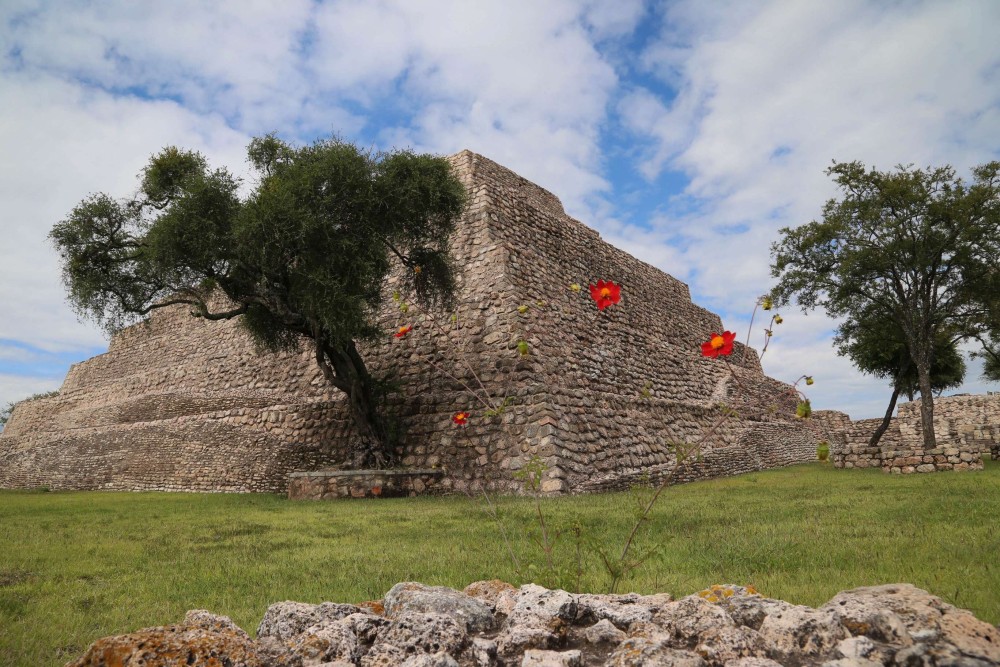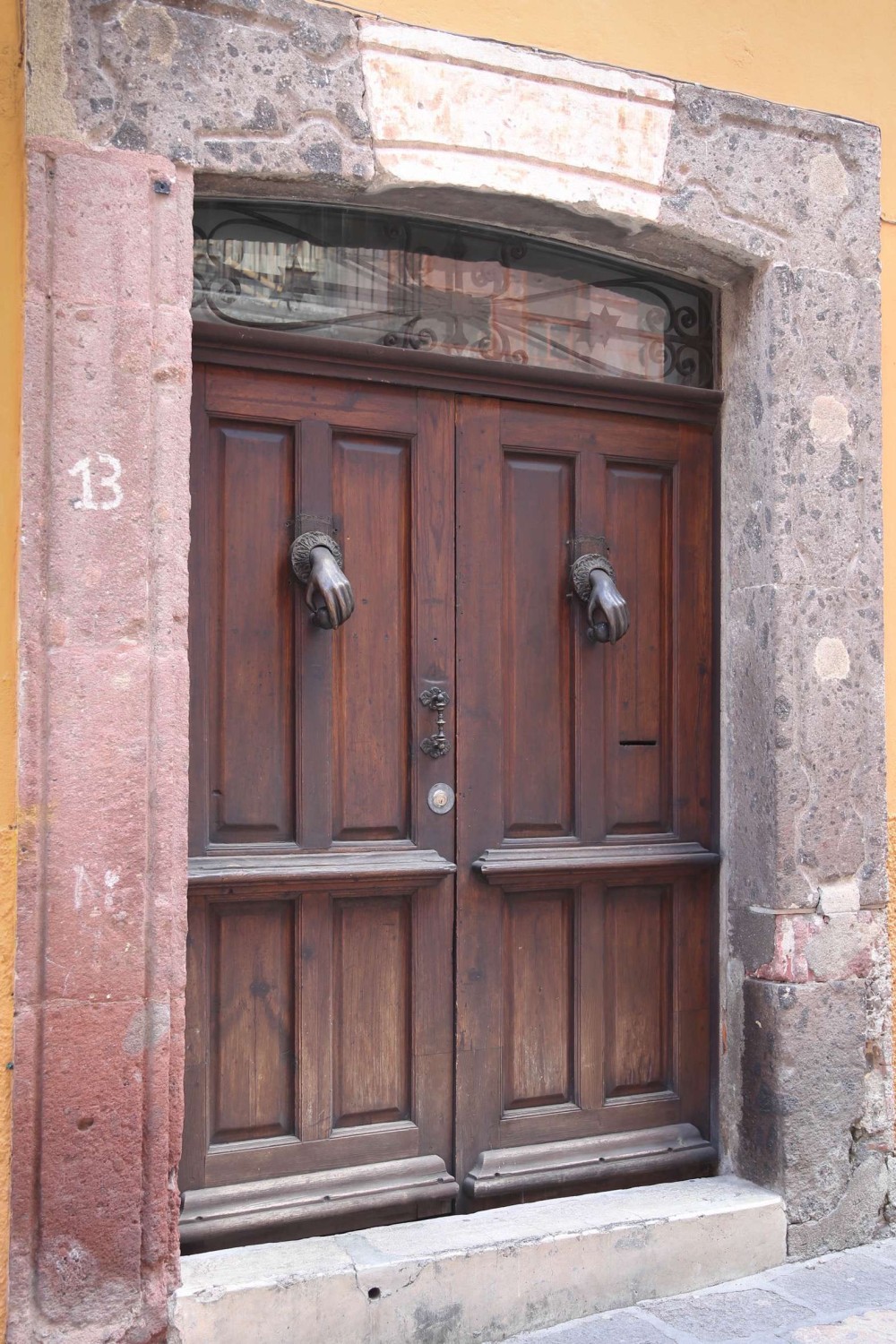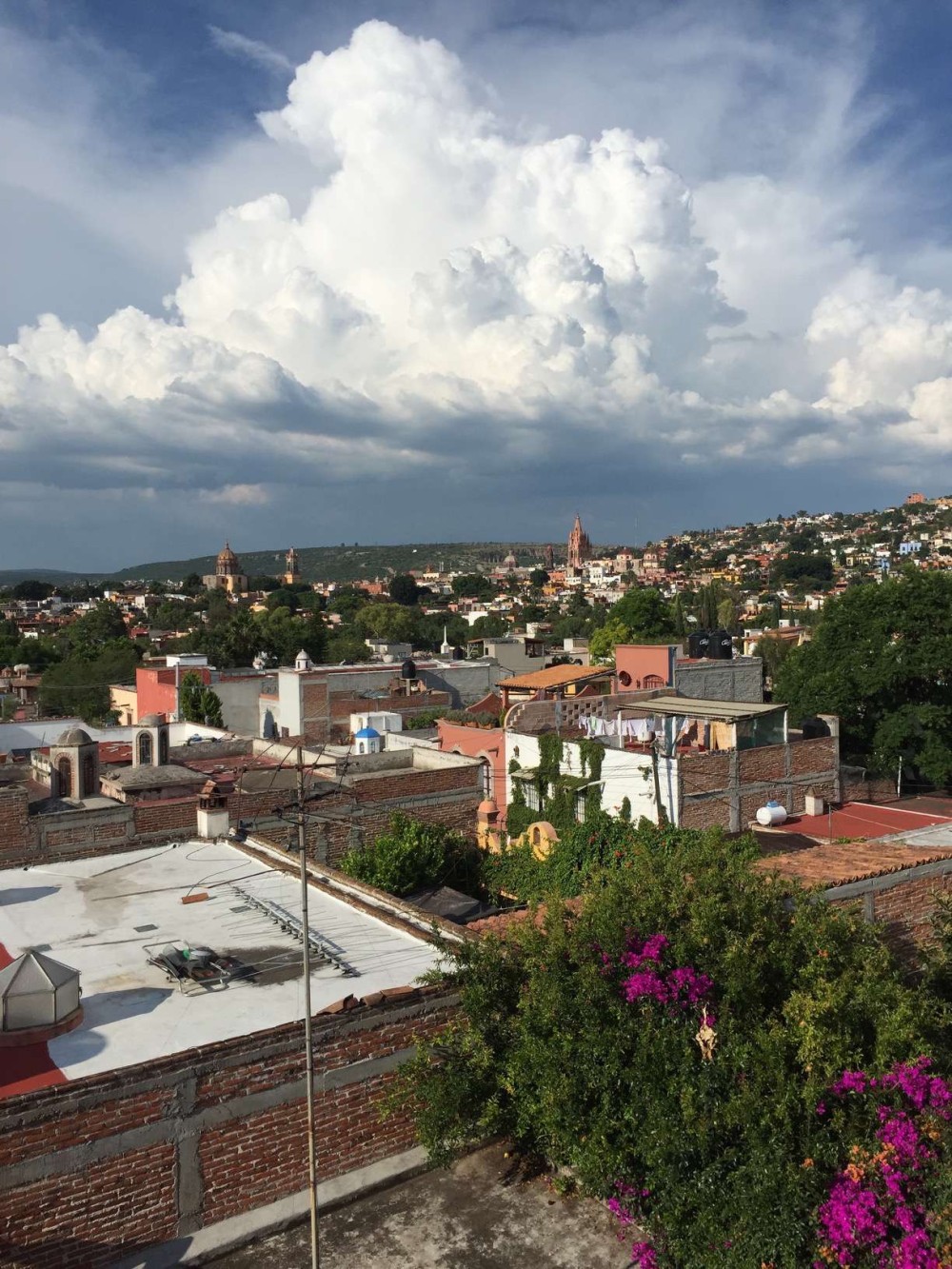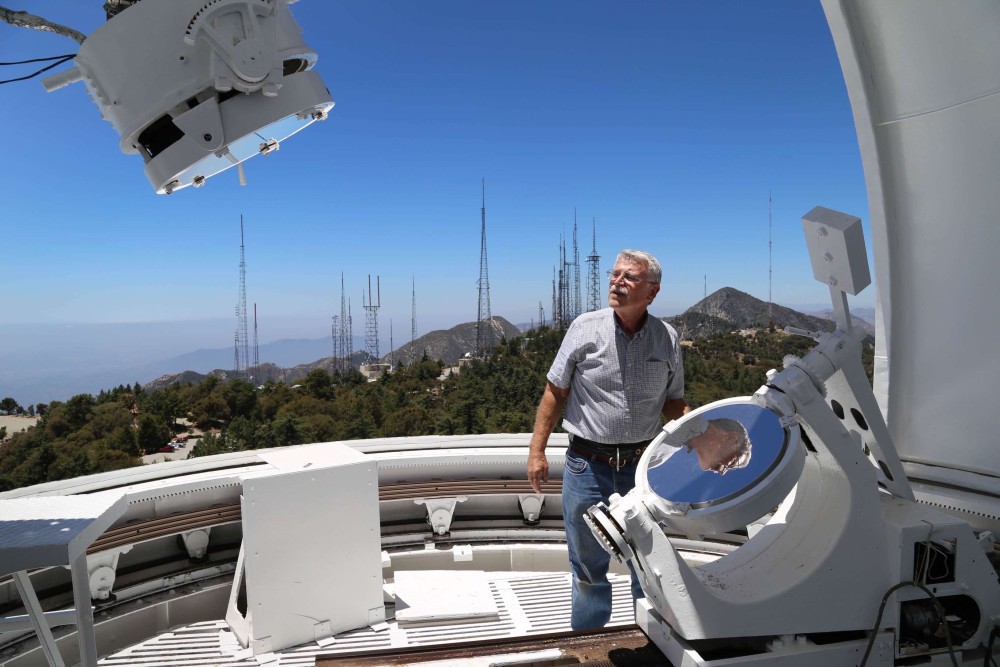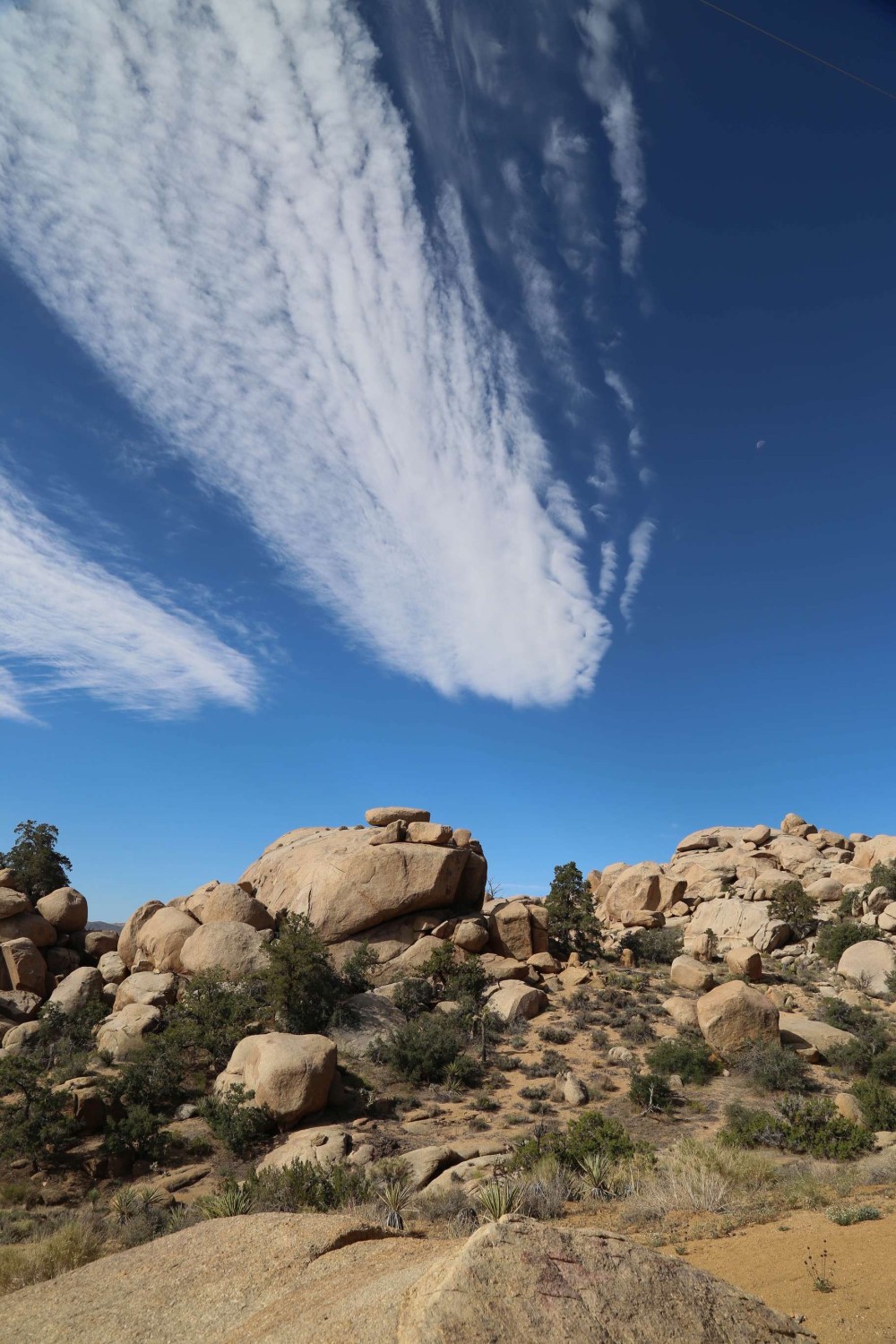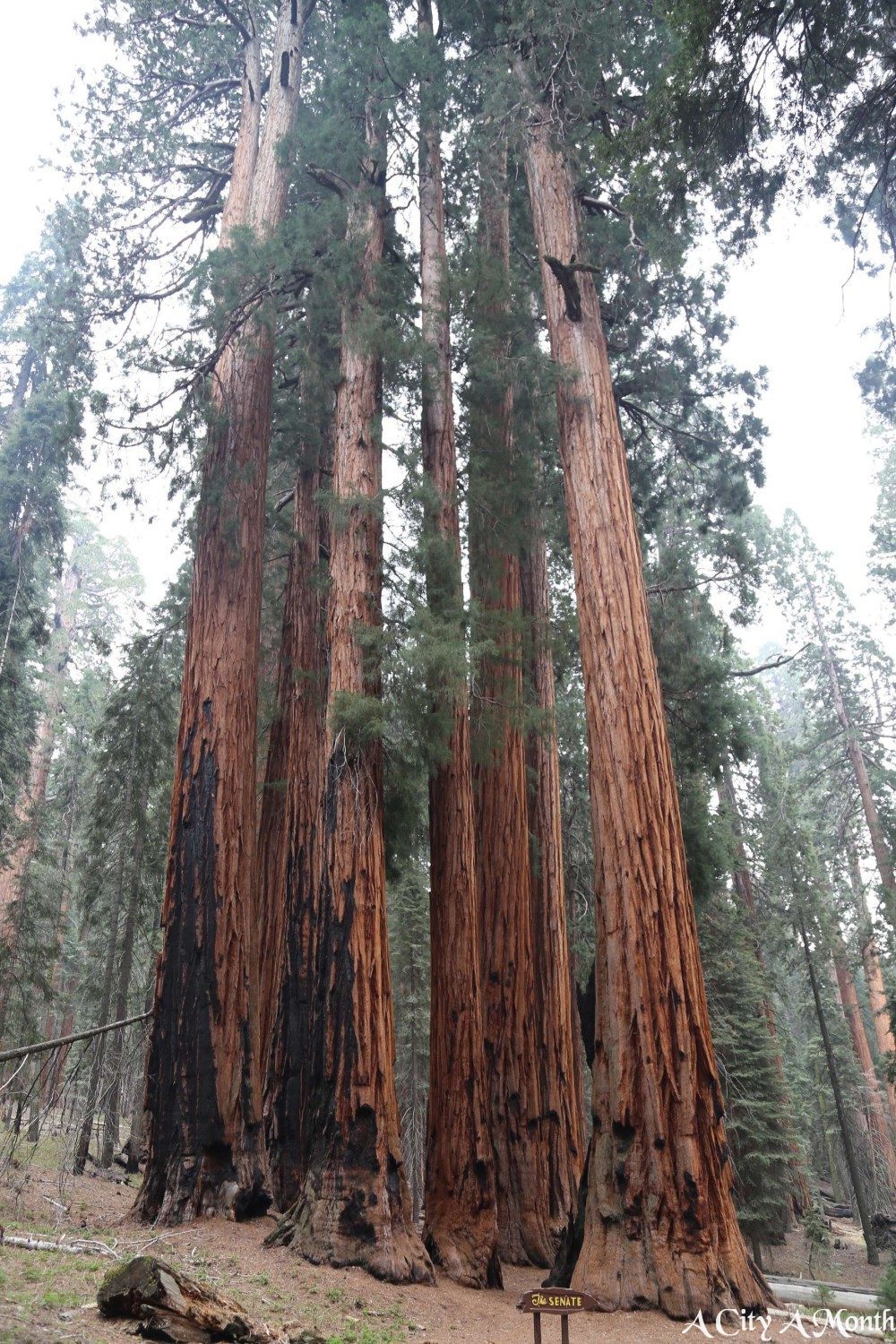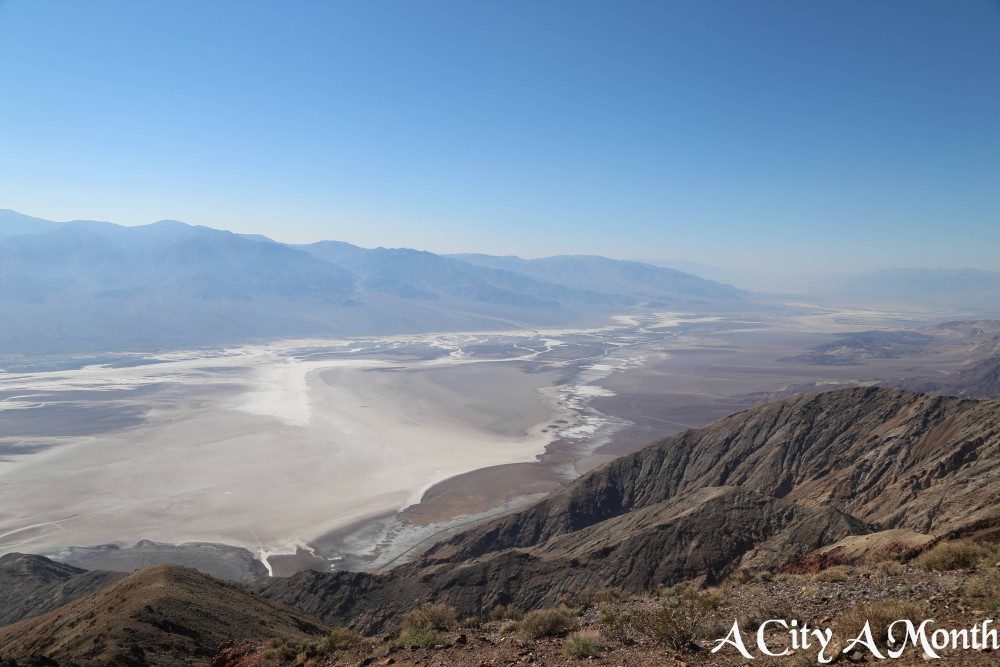If only one word in the English language described the work of artist brothers Javier and Jorge Marin, it would be audacious. Their larger-than-life sculptures are bold, daring, brave, fearless, original, and without restriction or attachment. When you take in their art with your eyes, you see it with your body, feel it in your soul and you keep turning it over and over in your mind.
Even a jaded “lover” of art will stop in their tracks when first seeing a piece by either one of these artists, because the viewer is compelled to look and stare, as if seeing great art for the first time. To be clear, while they are colleagues, the brothers work independently, do not collaborate and do not show their work together. Even though there is a kinship of style in some of their work, each is a distinctive artist by himself.

